Could benefit China and their own efforts in 2017.
Deltion Innovations aims to design a drill that would prospect for water, ice and resources on the moon and beyond.


We have China in 2017 wanting to mine the dark side of the moon hoping to find Gold. We have others wanting to mine Mars. With the mining lessons over the centuries and the damage it has created over time; is anyone else concern how mining the moon could impact our planet and space itself?
Engineers say Brazilian disaster shows world-wide danger from Hoover Dam-size earthen structures holding ‘tailings’ waste
By.
Paul Kiernan.
MARIANA, Brazil—Half an hour’s drive from this colonial town in southeast Brazil, trees suddenly give way to what looks like a desert salt flat. It is a 2-mile-wide valley filled with mine waste.
On Nov. 5, an earthen dam holding back this sea of sludge collapsed, releasing a deluge that killed 19 people, destroyed villages and traveled more than 400 miles to the Atlantic Ocean, where it left a reddish-brown plume visible from space. As tall as a 30-story building and holding enough refuse to fill 19 Dallas Cowboys stadiums, the dam was the largest structure of its kind ever to give way.
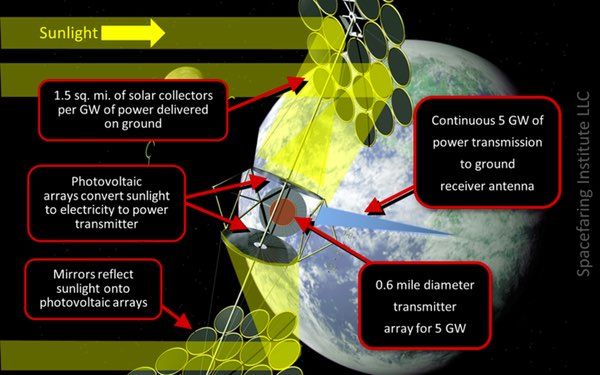
The United States is transitioning from a primary reliance on fossil fuels to greater use of sustainable natural and nuclear energy sources. There are two reasons for this transition. The first reason is that the abnormally high and increasing level of atmospheric carbon dioxide has created scientific uncertainty and concern as to the detrimental impact this may have on the environment and, consequentially, human civilization. Almost certainly, this abnormal level is due to anthropogenic causes linked to the tremendous expansion in the human population since the early 1700s, the growth of human civilization (e.g., agriculture and industrialization), and the increasing use of fossil fuels. Although fossil fuels have enabled worldwide progress in elevating the standard of living, most of the world’s nations have reached the conclusion that the world should transition entirely to sustainable energy by 2100 (see “The Paris climate agreement and space solar power”, The Space Review, February 29, 2016). It is, however, very important to manage this transition carefully to avoid economic hardship or energy deprivation.
While the United States has large remaining fossil fuel resources, only some are technically recoverable with current safe, legal, and profitable extraction methods. The remaining known and yet-to-be-discovered domestic technically recoverable fossil fuels are inadequate to sustain US fossil fuel energy needs to the end of this century, especially given likely continued immigration-driven US population growth (see “US fossil fuel energy insecurity and space solar power”, The Space Review, March 7, 2016). While the United States has an ethical environmental obligation to end its use of fossil fuels by the end of the century, the reality of having inadequate oil and natural gas resources makes the urgency of transitioning successfully to new sustainable energy sources a clear matter of national energy security. This warrants federal government leadership and strong American private sector engagement.
Unfortunately, due to its large and growing population and per capita energy needs, the United States lacks sufficient suitable land to utilize terrestrial renewable energy to replace fossil fuels. (see “US terrestrial non-fossil fuel energy vs. space solar power”, The Space Review, March 14, 2016). While the United States will utilize terrestrial domestic renewable energy to the extent it is politically acceptable, many factors will likely limit their scale-up. The expansion of nuclear fission energy is also not a satisfactory approach, given the large number of reactors needed. These factors lead to the conclusion that only space-based sustainable energy, such as space solar power, will enable the United States to practically transition away from fossil fuels.
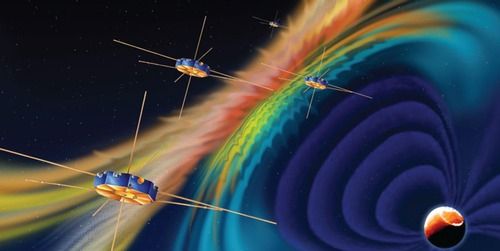

You may think I’m biased when I say investments in innovation across the space industry are growing, but the proof is all around us.
Growing by nearly 10 percent in just one year, the global space economy has reached a total of $330 billion worldwide, according to a 2015 Space Foundation report. Specifically, commercial space activities grew by 9.7 percent in 2014, while government investments in space saw a combined growth of 7.3 percent. And the part of space that’s most visible to us — rocket launch attempts — also increased from 81 attempts in 2013 to 92 in 2014.
These are promising statistics, and we’re seeing this growth in investment firsthand as we’ve witnessed some pretty incredible accomplishments throughout the industry over the past year.

Game theory is a branch of mathematics that looks at how groups solve complex problems. The Schrödinger equation is the foundational equation of quantum mechanics — the area of physics focused on the smallest particles in the Universe. There’s no reason to expect one to have anything to do with the other.
But according to a team of French physicists, it’s possible to translate a huge number of problems in game theory into the language of quantum mechanics. In a new paper, they show that electrons and fish follow the exact same mathematics.
Schrödinger is famous in popular culture for his weird cat, but he’s famous to physicists for being the first to write down an equation that fully describes the weird things that happen when you try to do experiments on the fundamental constituents of matter. He realised that you can’t describe electrons or atoms or any of the other smallest pieces of the Universe as billiard balls that will be exactly where you expect them to be exactly when you expect them to be there.

Blast from the past. Someone in an astrobiology group seemed to question the validity of the question in my recent story on 5 Questions For E.T. about whether the universe is artificial. Here’s my response:
In the dog days of summer, when a gush of hot air from a Fifth Avenue subway grate can feel as real as it gets, take heart that the downtown traffic nipping at your heels may just be part of a cosmic-scale computer simulation.
The idea that the cosmos and everything in it could be a super-advanced civilization’s version of Xbox first came to the fore a little over a decade ago.
In a Philosophical Quarterly paper, philosophy professor Nick Bostrom at Oxford University in the U.K., posits that what we observe as our universe may in fact be a very advanced simulation designed by our distant progeny.
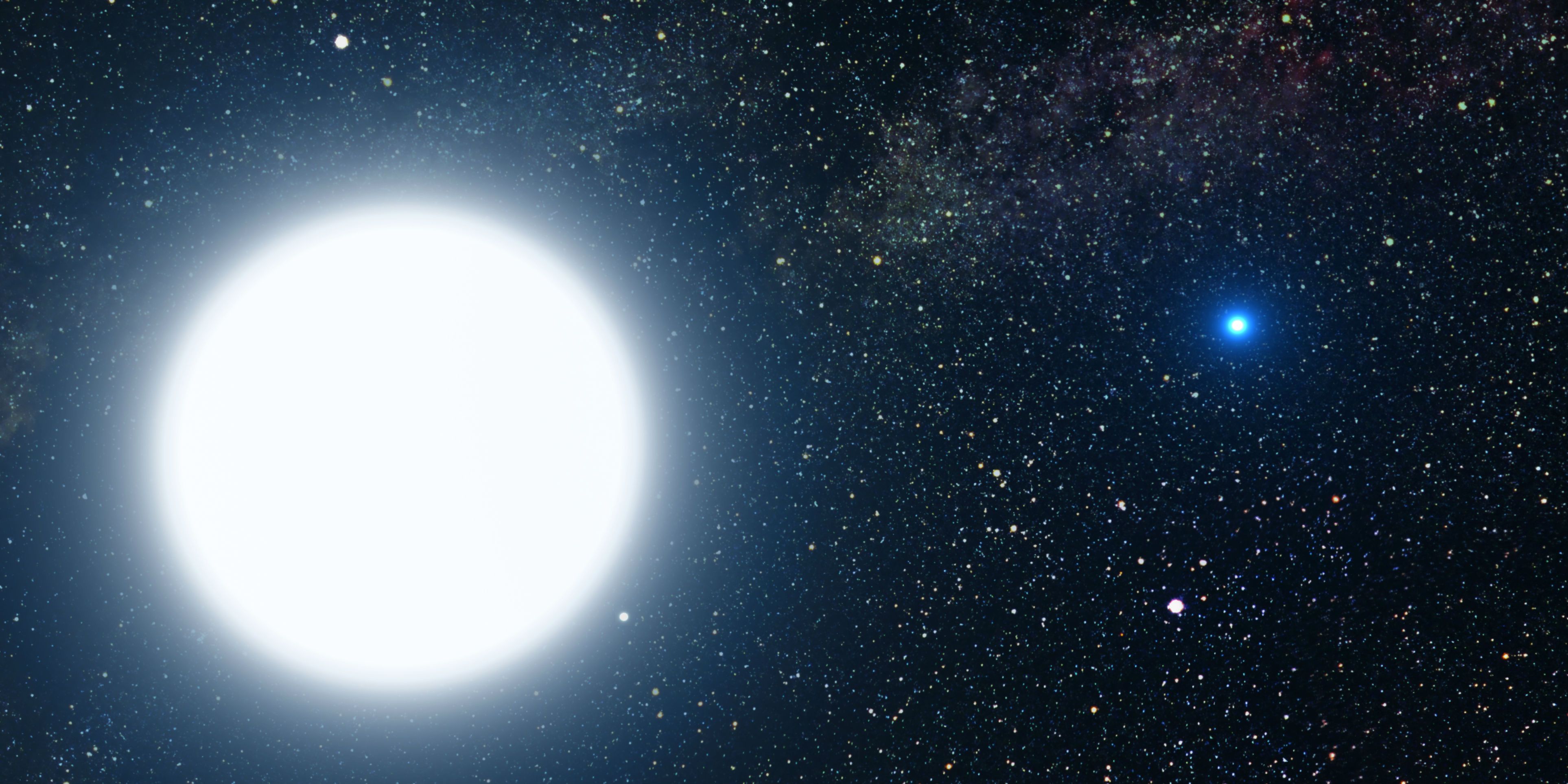
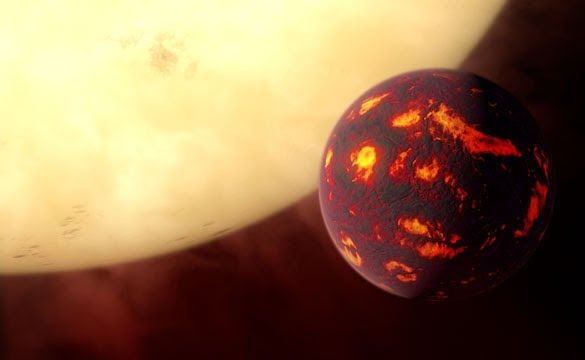
Hell has an address: 55 Cancri-e is the first alien planet to have some of its surface features directly observed. And it’s no tropical paradise.
For some time 55 Cancri-e has been considered “strange.” Some felt it may be made of diamond. Others suggested it was covered in exotic fluids.
So an international team of astronomers headed up by the University of Cambridge has examined data captured by NASA’s Spitzer Space Telescope about this 40 light-year-distant “super-Earth.”
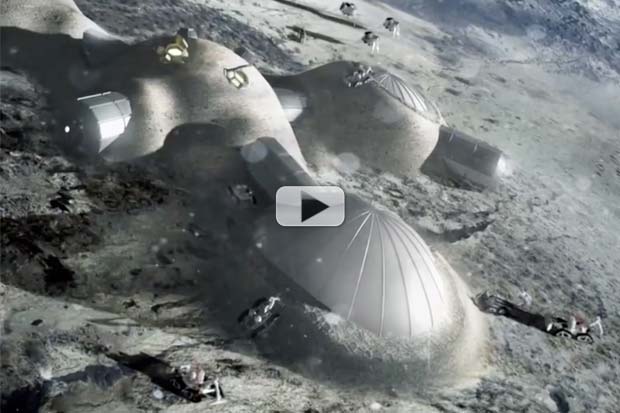
Sounds great — as long as we don’t call it a Moon Village. That sounds inane.
The director general of ESA, Johann-Dietrich Woerner, believes that the world should collaborate to create a permanent lunar base for “science, business, tourism or even mining.” Plans to use robotics and 3D printing for building the base have been discussed.